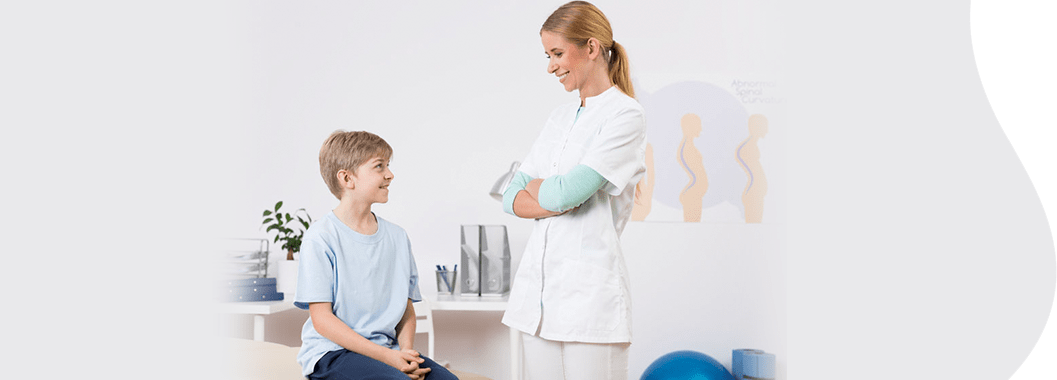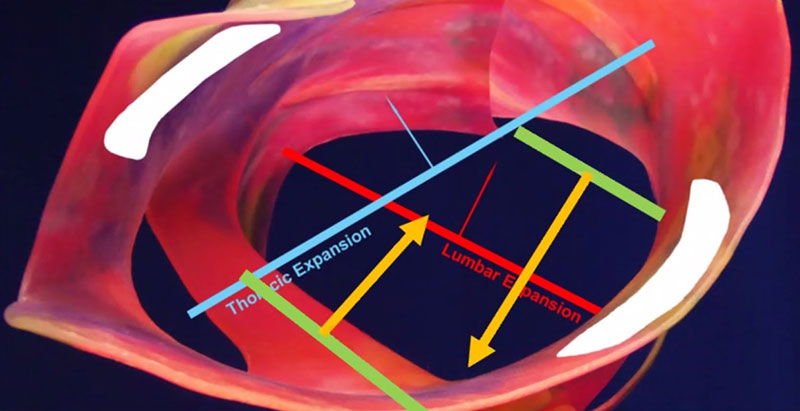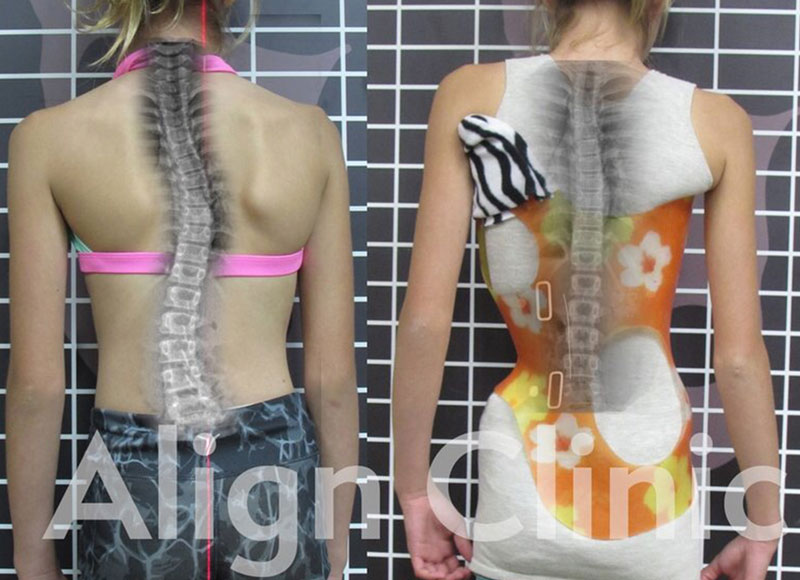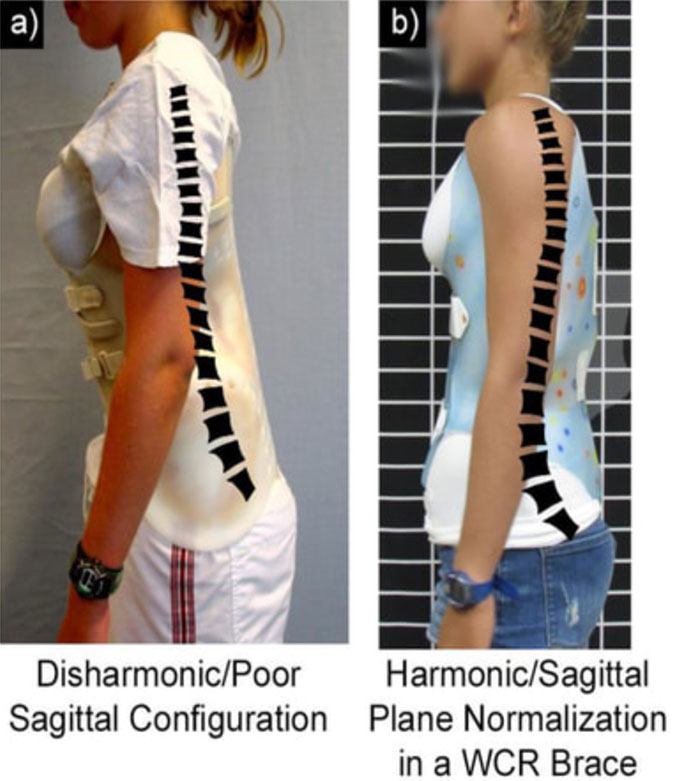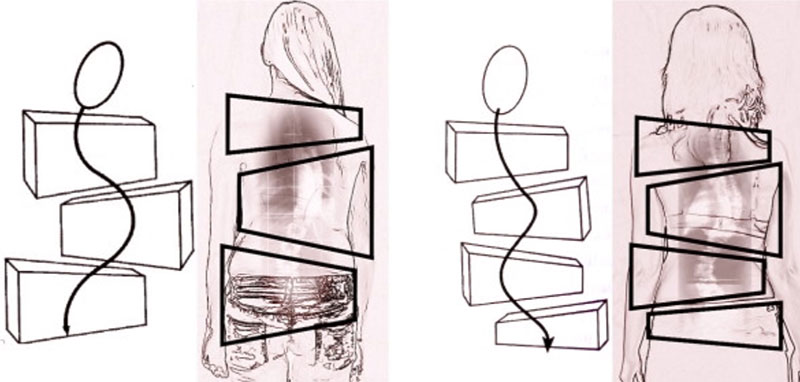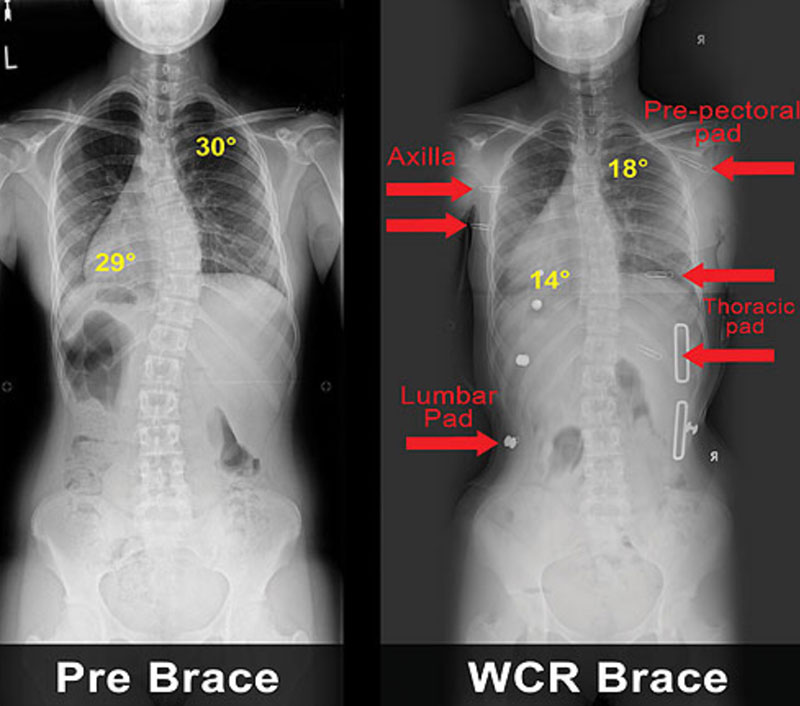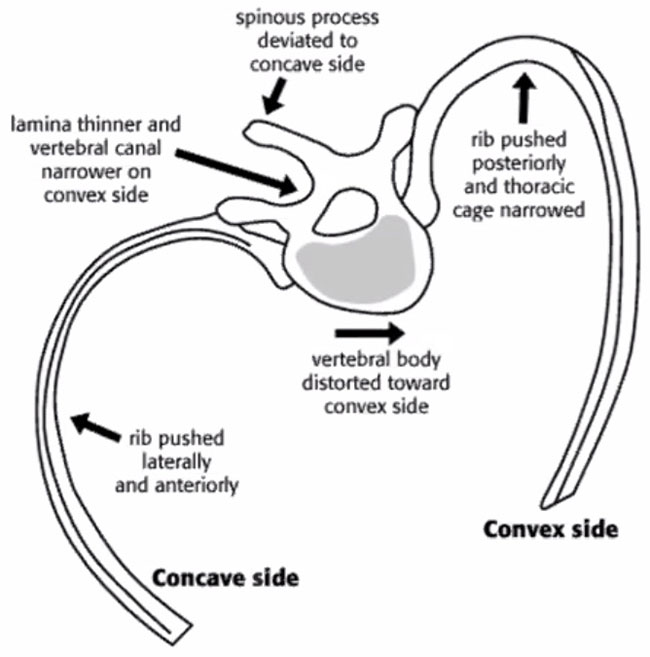What are the benefits of bracing and therapy for scoliosis?
The Rigo-Chêneau brace, or WCR brace, is a type of bracing therapy that helps scoliosis patients reduce the progression of scoliosis and correct their spines for a better quality of life. Schroth physiotherapy uses specific exercises to strengthen and stabilize the muscles that support the spine. Together, bracing and therapy are the ideal combo of non-operative treatments for scoliosis so patients can receive treatment in a non-invasive way.
Let’s look at some benefits of bracing for scoliosis in even more detail.
Benefits of WCR Bracing for Scoliosis
Derotation of the spine
Improve curve magnitude
Improvement of sagittal plane alignment and flatback prevention
Translations of the body
Controls the proximal structural curve
Prevent and Improve Rib Deformation
Creates synergy between modalities (Schroth & Bracing)
Non-surgical procedure and conservative treatment
Provide custom-fitting and adjustments
There are many great benefits of bracing and therapy for scoliosis to treat spinal deformities and improve the quality of life of patients. It is a non-invasive, conservative treatment method that is performed by WCR-certified professionals. You can improve the strength and structure of the spine, reducing the curve magnitude and improving the posture and range of motion of patients. Each brace is fitted specifically for the patient, to ensure it is the best fit and most effective brace.
We work with patients to custom-design a brace that will work to control and improve their lumbar curves and spinal deformities to enhance breathing and avoid creating pressure points.
Contact us today to learn how we can help you treat your scoliosis.


